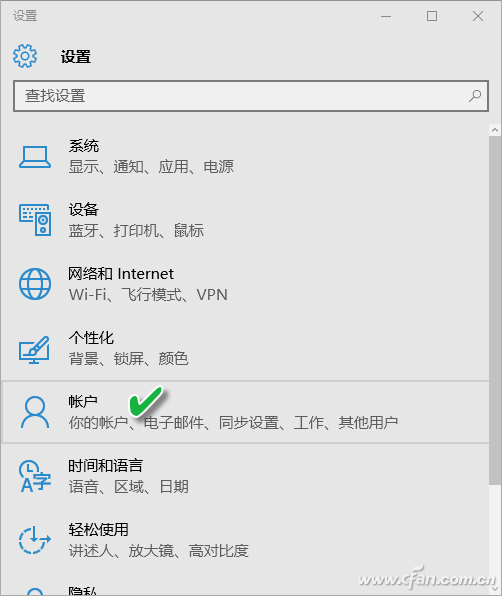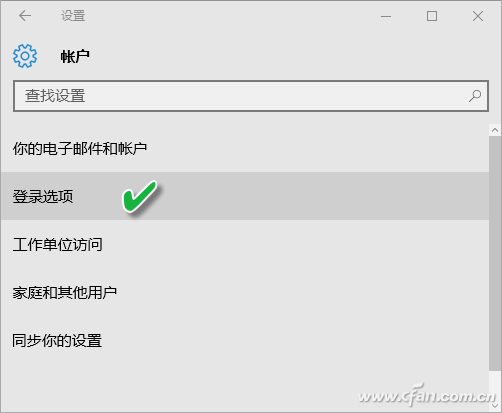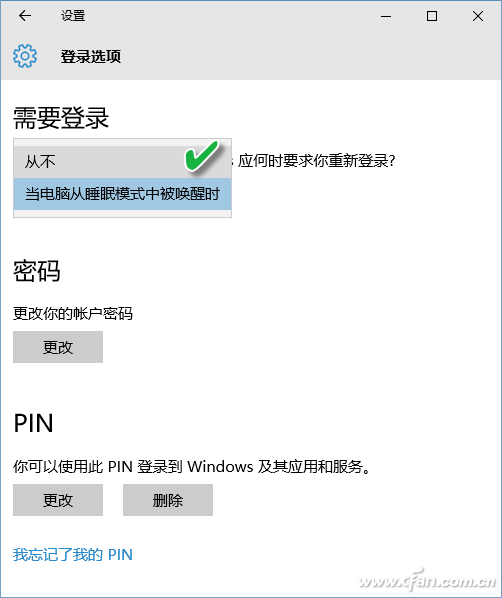While using Windows 10, it's common to be prompted for a password when waking the computer from sleep or hibernate mode. If you'd prefer not to enter a password every time, there are two effective methods to disable this requirement. These steps can help streamline your experience and make waking up your PC more convenient.
1. Use the New Windows 10 Settings
If you're running an updated version of Windows 10, such as the Anniversary Update or later, you can easily adjust these settings through the built-in system settings. Start by pressing the Win + I keys to open the System Settings window. From there, click on the "Account" option in the left sidebar.

Once in the Account settings, look for the "Login Options" section and click on it. This will take you to a new page where you can manage how you log in to your device.

On the Login Options screen, locate the "When you wake from sleep mode" setting. By default, it may be set to "Require a password." To disable this, select the "Never" option from the dropdown menu. This change will prevent the system from asking for a password upon waking up.

2. Use Traditional Control Commands
If you're using an older version of Windows 10 or prefer a more direct approach, you can access the same settings via the Run command. Press Win + R to open the Run dialog box, then type the following command and press Enter:
Control.exe /name Microsoft.PowerOptions /page pageGlobalSettings
This will launch the Power Options settings window. Look for the option labeled "Require a password on wake" and toggle it off. However, note that this option might be grayed out if the policy is set by an administrator. In such cases, click on the blue link "Change current unavailable settings" to unlock the option.



After enabling the "Do not need password" option, click "Save Changes" to apply the setting. Your system should now allow you to wake it up without entering a password.
Tip: If you prefer a graphical interface over typing commands, you can also reach the same settings by navigating through: Control Panel → All Control Panel Items → Power Options → System Settings. This path works well for users who aren't comfortable with the command line.
By following either of these methods, you can customize your Windows 10 experience to suit your preferences, making your daily computing tasks faster and more efficient.
Featuring frame sizes from 10 mm up to 205 mm and SPLs ranging from 70 up to 120 dB, our line of speakers offers you the quality and accessibility needed for your sound requirements. Our standard selection of speakers includes a variety of frame shapes, magnet types, and mounting styles to quickly plug and play into your design. In order to address the trend of miniaturization in mobile devices, we also offer compact, low profile speakers that feature diameters as small as 10 mm and depths as low as 2 mm. If one of our standard offerings does not fit your unique audio needs, then we can custom tailor a speaker that is right for you with a number of available mechanical and electrical modifications.
Speaker System,Indoor Speakers,Outdoor Speakers,Indoor Outdoor Speakers
NINGBO SANCO ELECTRONICS CO., LTD. , https://www.sancobuzzer.com